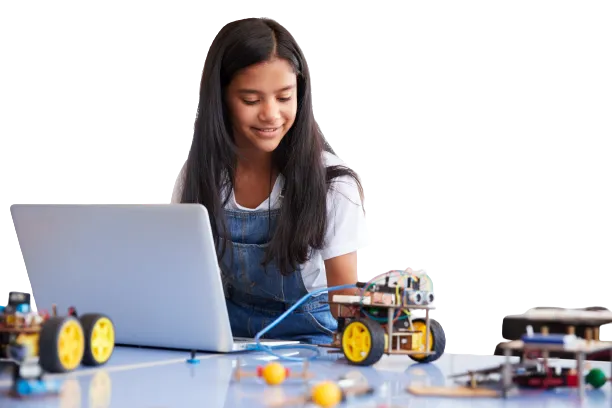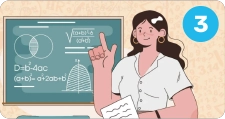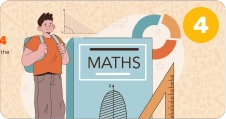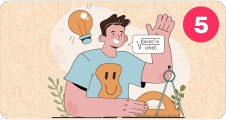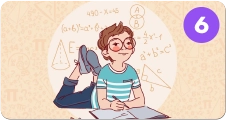Introduction: Shapes Are More Than Just Fun
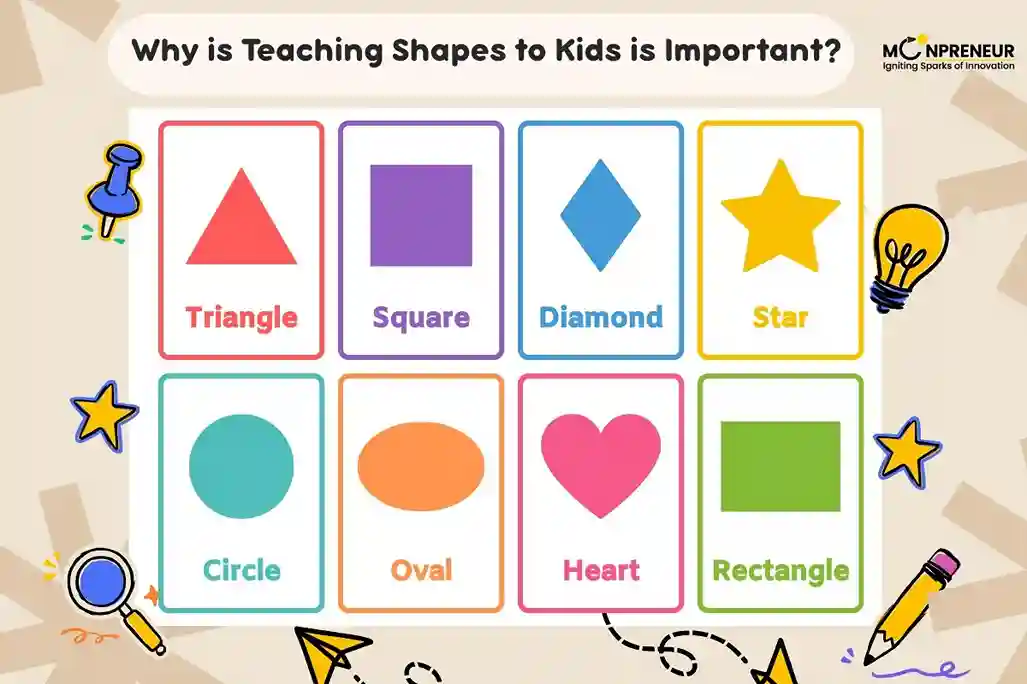
When children learn about shapes, they are doing more than just identifying circles, squares, and triangles. Teaching shapes to kids is a foundational part of early childhood education that supports their cognitive, visual, and spatial development. Whether it’s shapes for preschoolers or kindergarten students, this early knowledge builds essential skills for future learning.
1. Develops Visual Recognition and Differentiation
Learning shapes helps children differentiate between objects based on their visual characteristics. By identifying and naming different shapes like circles, rectangles, and triangles, kids begin to notice patterns and features in the world around them. This builds visual recognition and early observation skills.
Example: Spotting a round ball vs. a square box improves attention to detail.
2. Builds the Foundation for Math Skills
Understanding shapes is directly related to geometry and spatial awareness, key components of mathematics. Recognizing shapes helps kids understand angles, measurements, symmetry, and more. It’s one of the first steps in developing early math skills.
3. Enhances Problem-Solving and Critical Thinking
When kids learn to compare and group shapes by size, color, or sides, they are using critical thinking and problem-solving. Sorting shapes, completing puzzles, and recognizing shape-based patterns stimulate logical reasoning and cognitive development.
Example Activity: “Which shape fits in this hole?” or “Which shapes are the same?”
4. Supports Language and Communication Skills
Talking about shapes helps children develop language skills. As they describe what they see—”a red circle,” “a big triangle”—they learn new words, sentence structure, and how to express observations.
5. Prepares Kids for Reading and Writing
Why kids should learn shapes also ties into literacy. Recognizing shapes helps children distinguish between letters and numbers, many of which are made of specific shapes. Learning how shapes are formed improves letter formation, handwriting, and pre-reading skills.
6. Encourages Creativity and Art Exploration
Understanding shapes fosters creative expression. Kids can use shapes to draw, build, design, and imagine new things. Whether it’s making a rocket from triangles and rectangles or drawing a flower from circles, shapes inspire artistic creativity.
Example: Creating animals or buildings using only cut-out shapes.
7. Real-World Application and Awareness
Shapes are everywhere—from road signs to food and buildings. Teaching shapes to kids helps them relate what they learn in class to the real world. This enhances awareness and helps them feel more connected to their environment.
Example: “The pizza is a circle!” or “That window is a rectangle.”
Conclusion: Shapes Shape Their Future
Teaching shapes to kids is not just a fun activity—it lays the groundwork for critical thinking, communication, math, and creativity. The importance of shapes for kids cannot be overstated, as this early learning opens doors to understanding more complex concepts later in life.
So next time your child is playing with blocks or drawing circles, remember—they’re learning essential skills for life!
Want to spark your child’s interest in math and boost their skills? Moonpreneur’s online math curriculum stands out because it engages kids with hands-on lessons, helps them apply math in real-life situations, and makes learning math exciting!
You can opt for our Advanced Math or Vedic Math+Mental Math courses. Our Math Quiz for grades 3rd, 4th, 5th, and 6th helps in further exciting and engaging in mathematics with hands-on lessons.
Related Blogs:
How to Teach Adjacent Angles to Kids | Simple & Fun Guide
What are Congruent Angles?
Understanding Alternate Interior Angles
What is the Area of Trapezoid?
What is the Area of Parallelogram?
Understanding the Geometry Regents: A Comprehensive Guide
How to Prepare for the Geometry Regents: Study Plans & Practice
The Art of Geometry: How to Draw an Equilateral Triangle Inside a Circle

